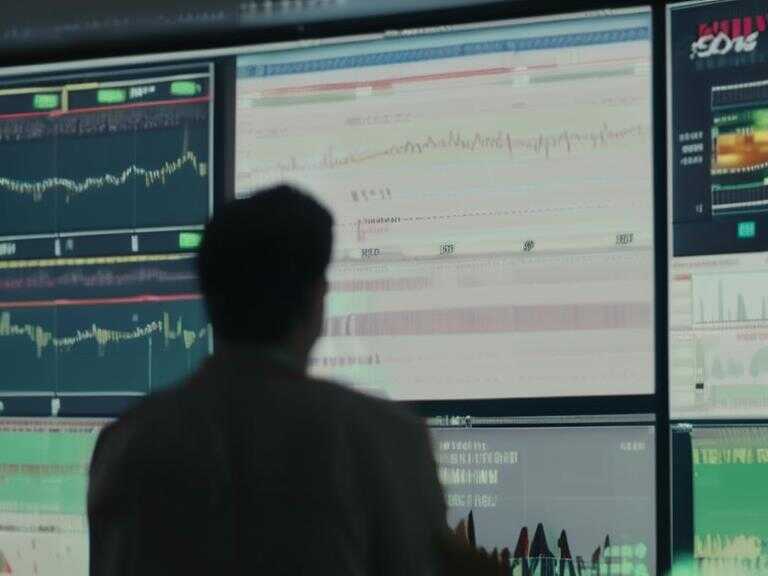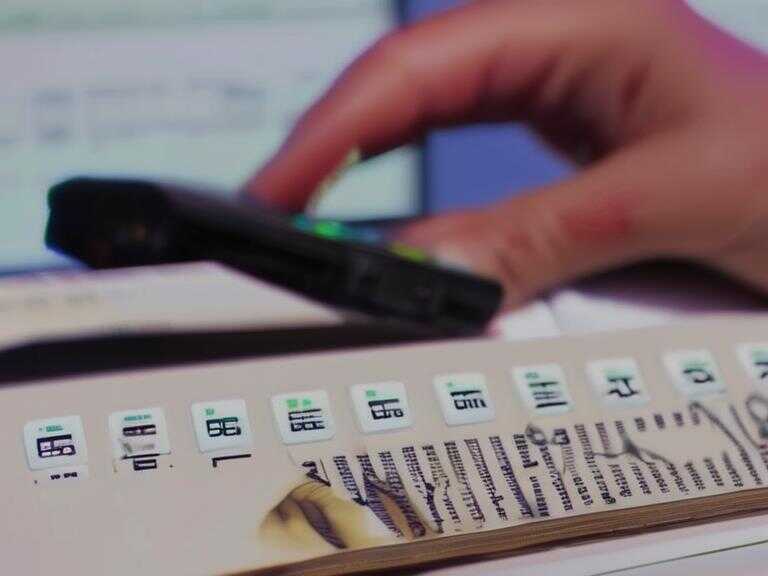
Hard Data vs. Soft Data: Which Tells the True Economic Story?
Both hard and soft economic data have their strengths and weaknesses, making it necessary to consider both for a comprehensive understanding of the economy, especially during uncertain times.

In today's rapidly evolving economic landscape, characterized by volatility and uncertainty, policymakers and businesses alike find themselves grappling with a fundamental question: to which type of data should they turn for guidance? Should they rely on the more comprehensive and historically grounded 'hard data,' or embrace the often-fleeting insights offered by 'soft data'? This dilemma underscores the complexities of navigating an unpredictable economic terrain.
The Tug-of-War Between Hard and Soft Data
Hard data, encompassing metrics such as GDP, unemployment rates, and inflation figures, provides a quantitative snapshot of past economic performance. Its strength lies in its objectivity and historical context, offering a reliable measure of economic trends over time. However, critics argue that hard data's backward-looking nature limits its predictive power in an environment marked by constant change.
Soft data, on the other hand, encompasses anecdotal evidence, consumer sentiment surveys, and expert opinions. While less quantifiable and susceptible to subjective biases, soft data offers valuable insights into current economic perceptions and potential future shifts. It can serve as an early warning system, signaling emerging trends before they are reflected in hard data.
The Value of a Combined Approach
Given the limitations of relying solely on either hard or soft data, economists increasingly advocate for a more holistic approach—one that combines both types of information to generate a more comprehensive understanding of the economic landscape. This integrated perspective allows for a more nuanced analysis, taking into account both historical trends and current perceptions.
John Diamond, senior director of the Center for Tax and Budget Policy at Rice University’s Baker Institute, emphasizes this point, stating that "in uncertain times, economists have to lean on both" types of data. While hard data provides a foundation based on past performance, soft data offers valuable insights into evolving economic sentiment and potential future directions.
The Future of Data: Embracing the Soft
As technology advances and our ability to collect and analyze data expands, the role of soft data is poised to become even more significant. The rise of social media, online forums, and big data analytics provides new avenues for capturing and interpreting human behavior, consumer trends, and economic sentiment. This evolving landscape presents opportunities to leverage soft data in innovative ways to inform decision-making and gain a deeper understanding of the complex forces shaping our economy.
The soft data future holds immense potential for enhancing our ability to predict economic trends, identify emerging opportunities, and mitigate risks. By combining the strengths of both hard and soft data, we can develop a more comprehensive and insightful view of the economic world, enabling us to navigate uncertainty with greater confidence.
Ultimately, the key lies in recognizing that neither hard nor soft data provides a complete picture on its own. It is through their synergistic interplay that we unlock a richer understanding of the dynamic forces at play in our economy. The challenge lies in effectively integrating these disparate sources of information to generate actionable insights and guide decision-making in an increasingly complex world.
Share news















